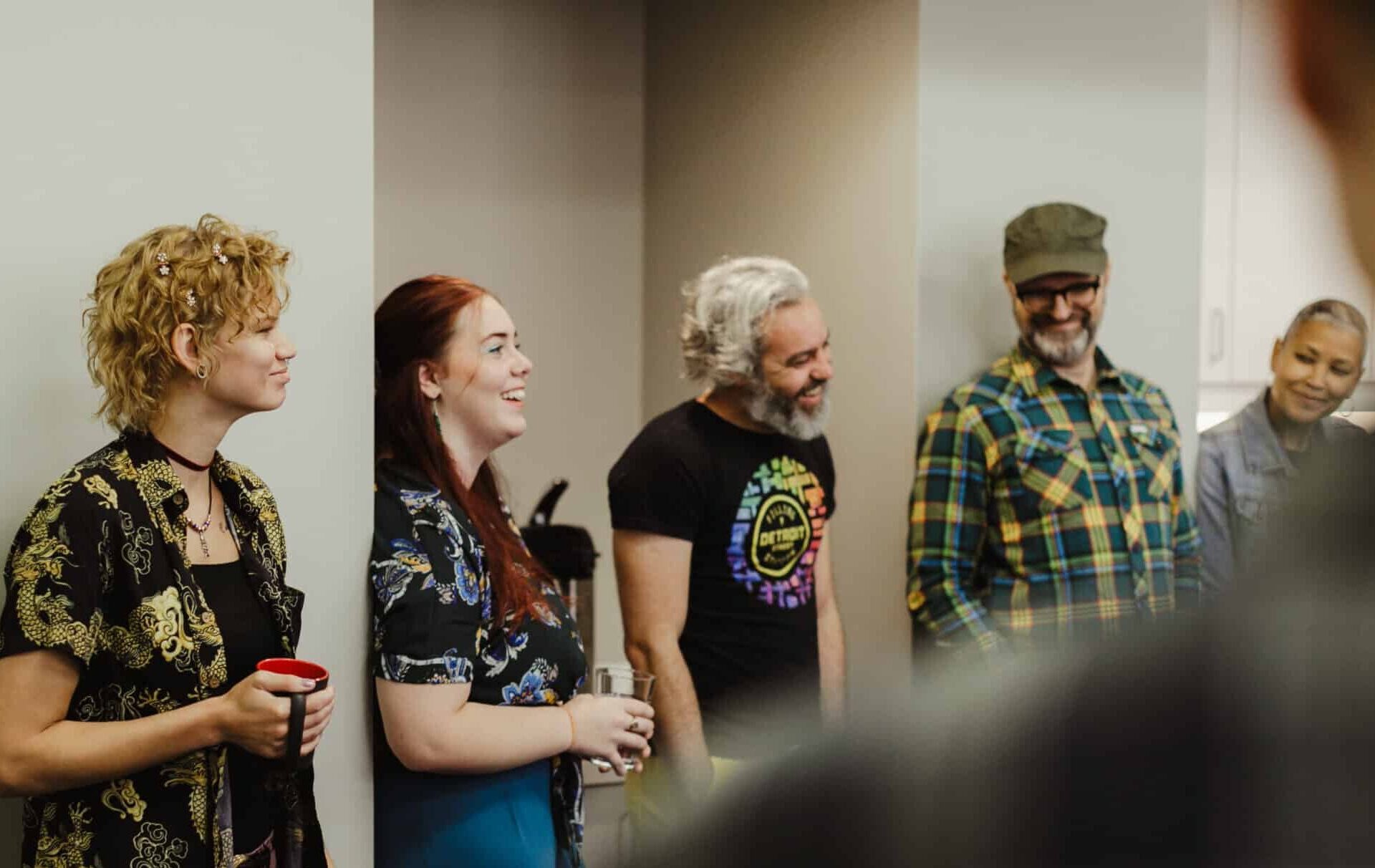Article summary
One of my favorite essays of all time is “I Know What You Think of Me” by Tim Kreider. In it, Tim discusses an interaction with coworkers that was less than stellar. Specifically, he had sent out a mass email showing off his goats, and someone had accidentally cc’d him on a simple but damaging response that included the word “oof.”
Having sent out the email so that others could share in the joy of his goats, it’s no wonder why a response with that tone could really sting. Tim then talks about how that felt, why we put ourselves out there, etc. I would recommend reading the whole article, but the closing line granted Kreider minor Tumblr-internet fame and sums up the article nicely:
“If we want the rewards of being loved we have to submit to the mortifying ordeal of being known.”
Being Known
We spend the majority of our time at work and with our coworkers. Liking your coworkers, and feeling liked by your coworkers, is an essential part of a good working environment. This means putting ourselves out there, making bids for connection, and responding in kind to the bids of others. That’s what forms communities, friendships, and water-cooler one-liners.
Especially in an environment you are in every day, laughing and joking with coworkers is not just natural: it’s necessary. It’s a human instinct to connect and laugh with people you see every day. It keeps the day bearable and makes us all feel safe where we are. We naturally hold a desire to connect, a bid for attention and reciprocity, to be liked and to like others. Tim Kreider shared his goats as a bid for connection about something he was proud of.
With this in mind, how else might we see these bids for attention in everyday work environments?
Off-Topic Channels
One way I have seen teams bond in multiple Slack and Teams spaces is through off-topic, random channels. #random, #dev-random, #memes, and other such channels are fun! They’re also evidence of a workforce’s desire to connect and, as such, are a great metric for the health of a team. Even hyper-specific channels, such as a channel for fashion or biking, or one of my favorite channels, #puzzles (for wordle and wordle adjacent games), can be great ways to joke and experience shared interests and identity as a form of bonding.

Emojis and Gifs
Another fun feature of online spaces is emoji reactions! In meetings, online spaces, and emails, emojis are so incredible. They’re a whole new language, really, with each representing emotions, ideas, or jokes in this cute little icon. Each team has its own emoji scene as well. That’s especially true in spaces like Slack or Discord where custom emojis are not just a possibility but often the best part.
Here are some of my favorites:
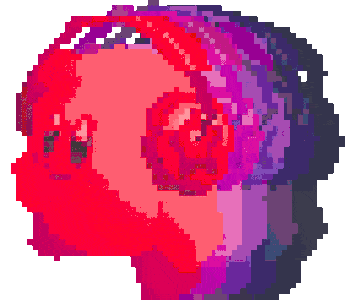
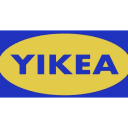


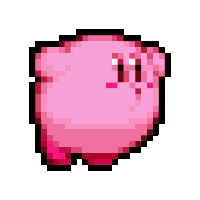


Memes
And last but definitely not least, don’t forget memes, the pinnacle of internet humor, wielded for office laughs. A lot has been said about memes, both as a bid for attention and connection and also just as a built-upon shared context. There’s something so incredibly funny about the format, and seeing it applied hyper-specifically to the work you do every day adds another layer.
There’s not much more to say here, so I’ll just drop some of my favorite developer-related memes I’ve seen and made below. Enjoy!
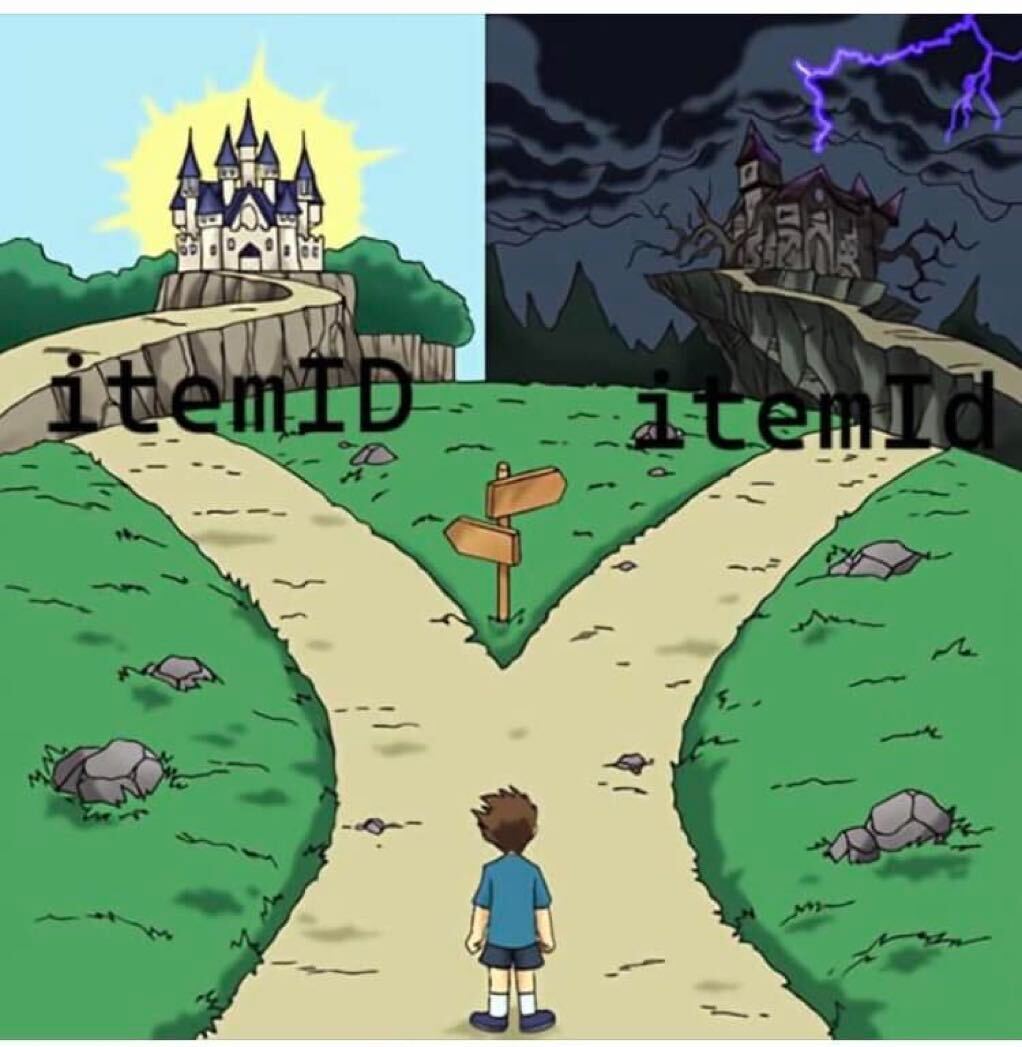
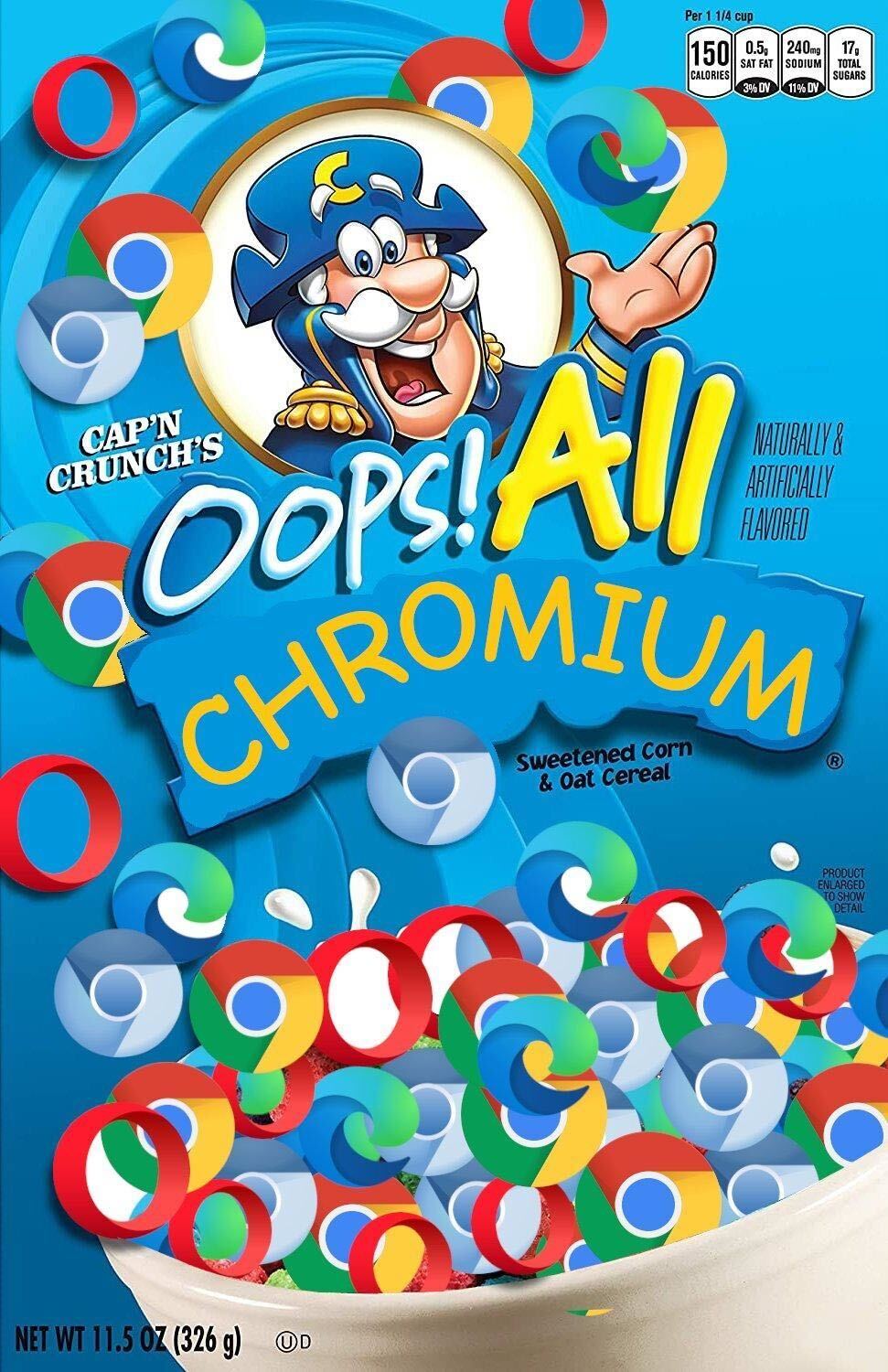
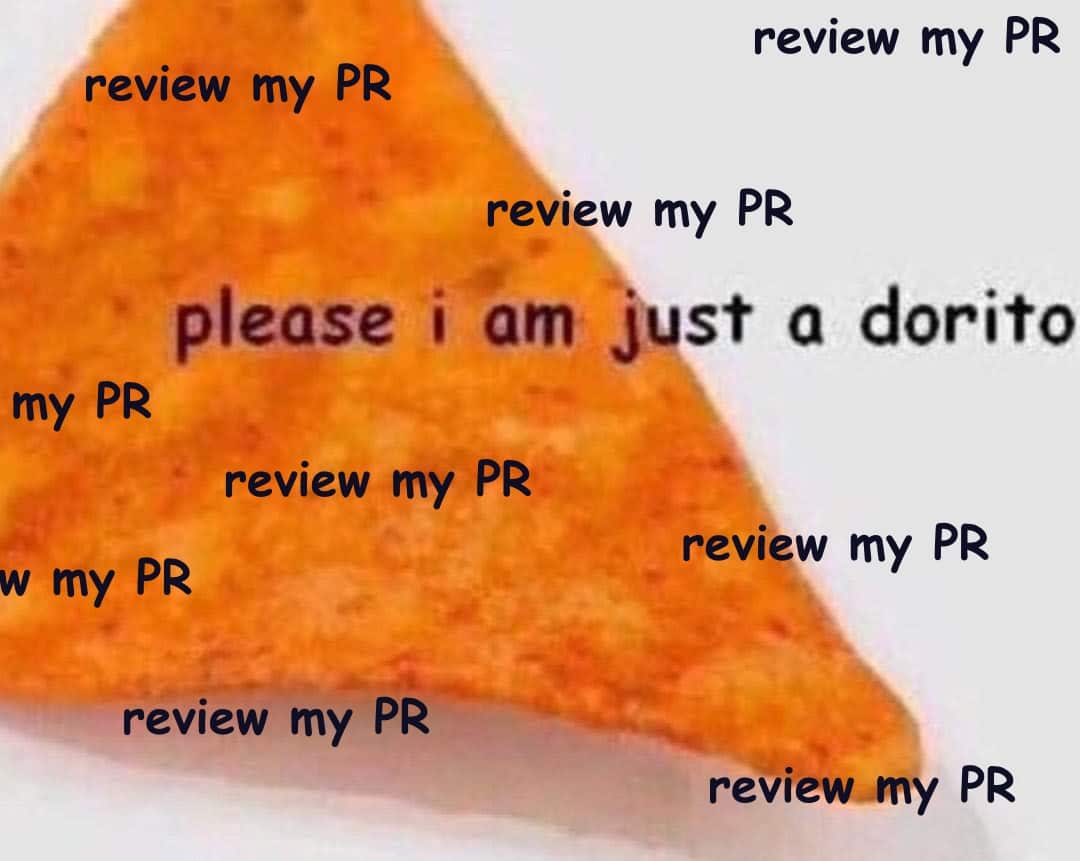
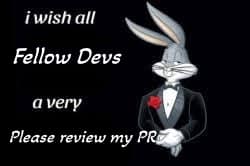
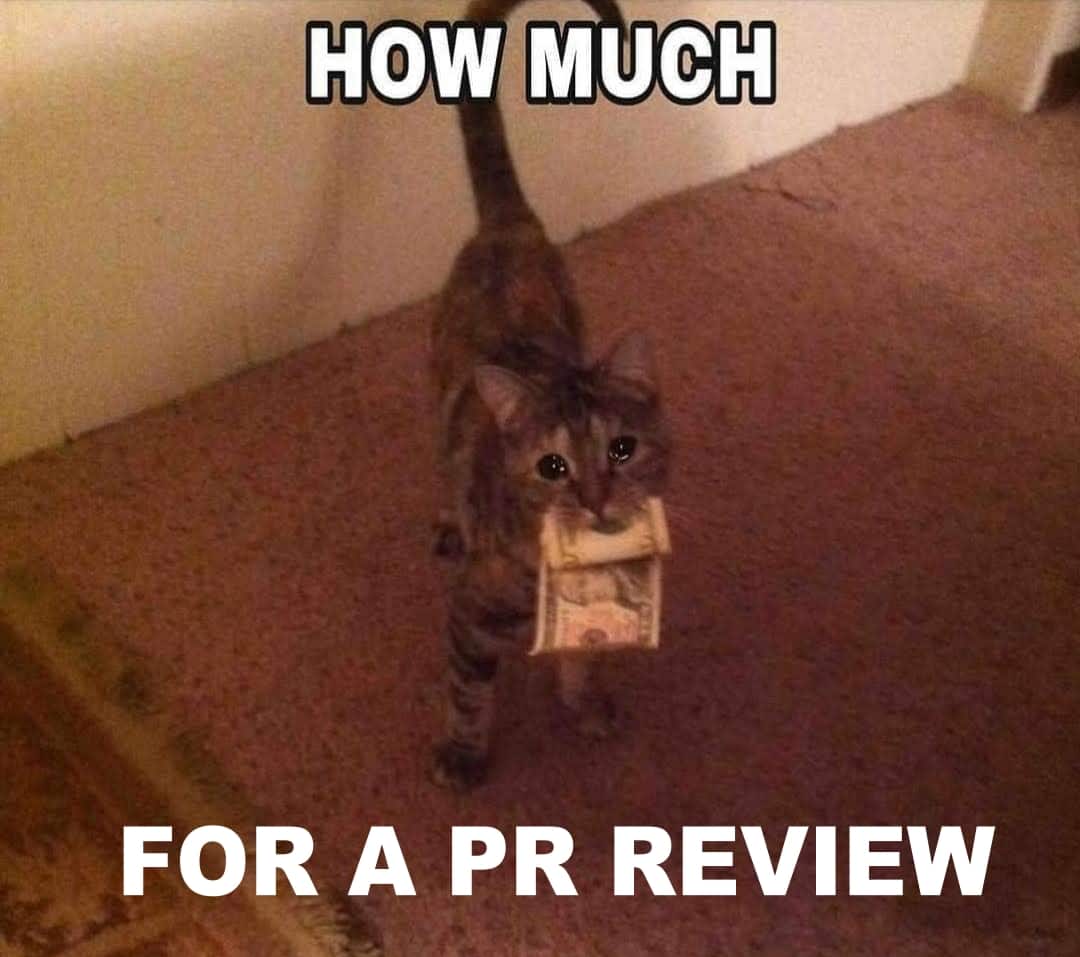
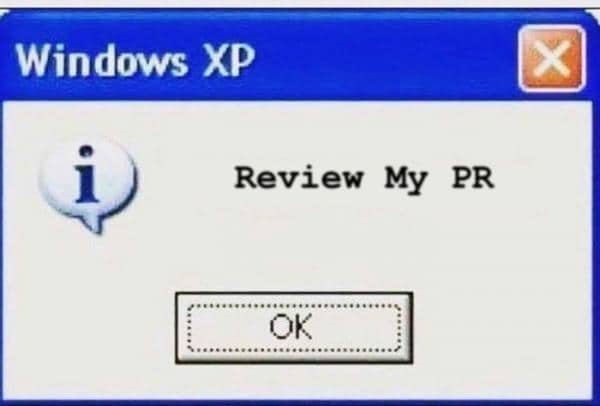
Whatever the methods, visible bids for connection like this are a great way to tell that your team is on the same page. Leaving space for these things can bring about some incredible collaboration, all through a few laughs.

